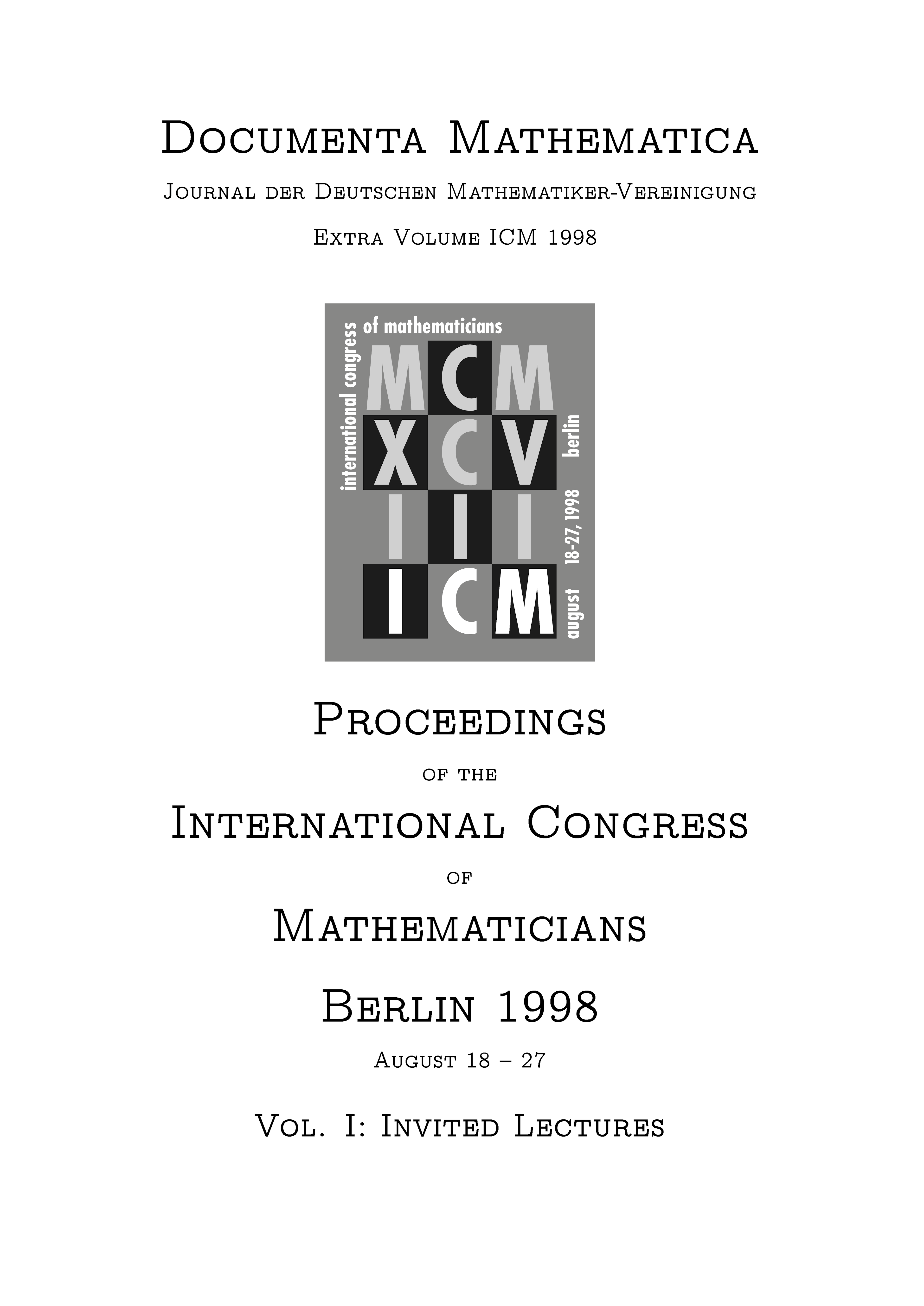Fourier analysis and Szemerédi's theorem
W.T. Gowers
Abstract
The famous theorem of Szemerédi asserts that for every positive integer and every positive real number there is a positive integer such that every subset of of cardinality at least contains an arithmetic progression of length . A second proof of the theorem was given by Furstenberg using ergodic theory, but neither this proof nor Szemerédi's gave anything other than extremely weak information about the dependence of on and . In this article we describe a new, more quantitative approach to Szemerédi's theorem which greatly improves the best known bound when , and which will probably do the same for general . See also Geom. Funct. Anal. 8, 529-551 (1998; Zbl 0907.11005), A new proof of Szemerédi's theorem, ibid. 11, 465-588 (2001; Zbl 1028.11005).
